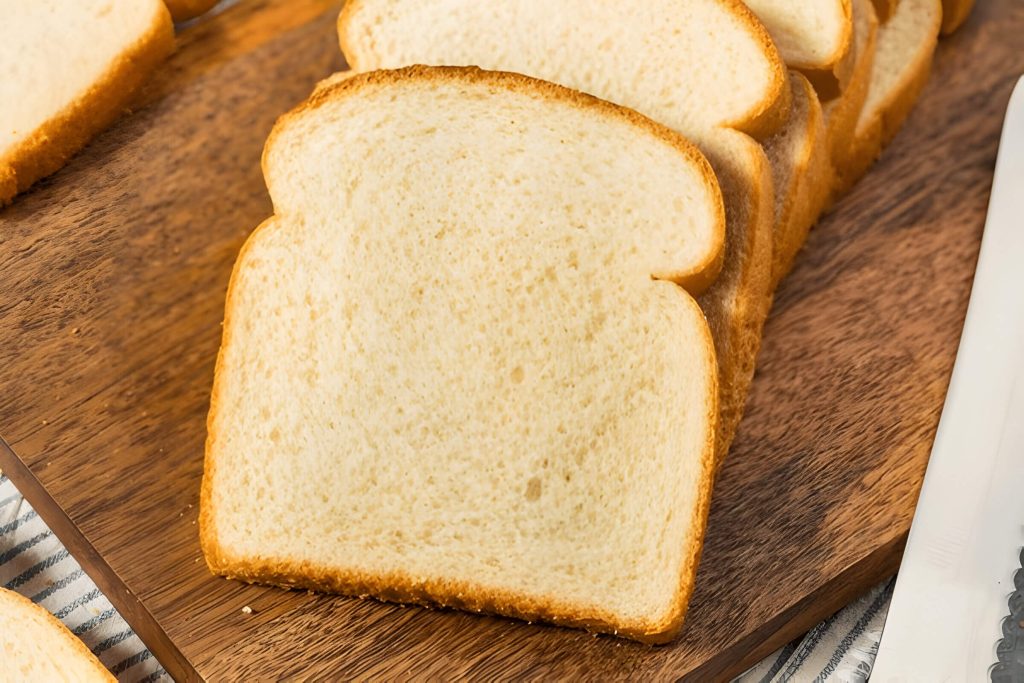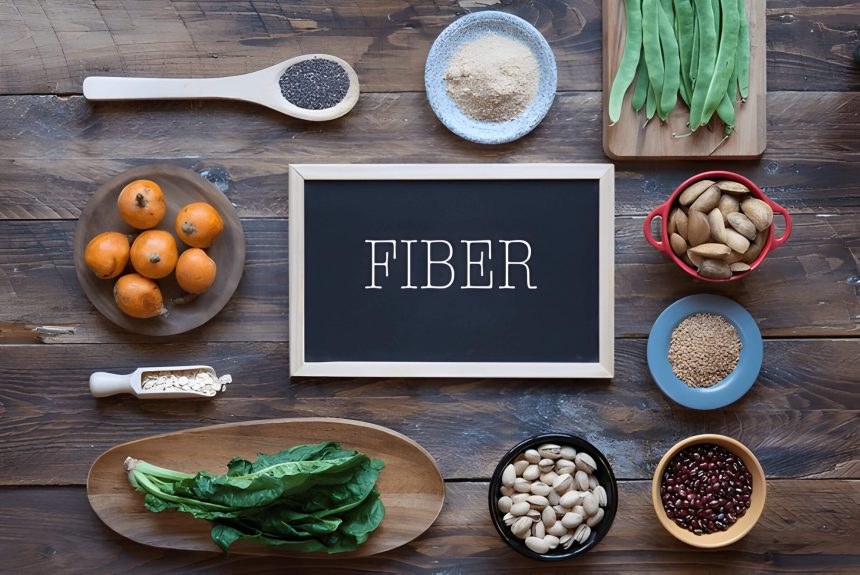Preparing for a colonoscopy requires following a low fiber diet to ensure clear visibility during the exam, leading to accurate results. This guide covers when to start the diet, foods to avoid, and tips for a smooth experience. Following these guidelines will help you prepare effectively for this important medical procedure.
Understanding the Importance of a Low Fiber Diet Before Colonoscopy
A successful colonoscopy heavily relies on proper preparation, with dietary restrictions playing a crucial role. One of the most critical aspects of this preparation is adhering to a low fiber diet in the days leading up to the procedure. This dietary adjustment is essential for effective colon cleansing, which allows for clear visibility during the examination.
A clean colon allows for better detection of polyps or abnormalities, reducing the need for repeat procedures and ensuring more accurate results.While temporary dietary changes may seem inconvenient, they are vital for the effectiveness and accuracy of this potentially life-saving screening procedure.
When to Start Your Low Fiber Diet?
Proper timing of your low fiber diet is crucial for a successful colonoscopy. Typically, you should begin your low fiber diet 3-4 days before your scheduled procedure. This timeline allows your body to clear out fiber residue from your digestive system, ensuring a cleaner colon for examination.
Your pre-colonoscopy diet schedule should gradually become more restrictive as you approach the procedure date. Start with eliminating high-fiber foods like whole grains, raw vegetables, and nuts. As you get closer to the colonoscopy, transition to clear liquids.
The duration of your low fiber diet may vary depending on your doctor’s recommendations and your individual health needs. Some patients may only need to follow the diet for 24-48 hours, while others might require a longer period.
Colonoscopy preparation planning is essential for accurate results. Always consult your healthcare provider for personalized instructions, as they may adjust the timeline based on factors such as your medical history or medications. Remember, adhering to the prescribed diet and schedule is key to ensuring a thorough and effective examination.
Foods to Avoid on a Low Fiber Diet for Colonoscopy Prep
When preparing for a colonoscopy, it’s crucial to follow a low-fiber diet to ensure a clear and thorough examination. To achieve this, you should avoid several high-fiber foods in the days leading up to your procedure. Whole grains, such as brown rice, whole wheat bread, and oatmeal, should be eliminated from your diet. These foods are rich in fiber and can leave residue in your colon.
Raw vegetables, especially those with tough skins or seeds, should also be avoided. This includes broccoli, cauliflower, and leafy greens. Nuts and seeds of all kinds are off-limits, as they can be difficult to digest and may interfere with the colonoscopy.
Fruits with skin or seeds, such as apples, berries, and oranges, should be excluded from your diet. Instead, opt for canned fruits without skins or seeds. Legumes, including beans, lentils, and peas, are high in fiber and should be avoided during this time.
By steering clear of these high-fiber foods, you can help ensure a successful colonoscopy procedure and make the preparation process smoother and more effective.
Approved Foods for Your Low Fiber Diet for Colonoscopy Prep

When preparing for a colonoscopy, following a low fiber diet is crucial to ensure a clear and effective examination. Approved foods for your colonoscopy prep diet include white bread and other refined grains, which are easier to digest and leave minimal residue in the colon. Lean meats such as chicken, turkey, and fish are excellent protein sources that won’t interfere with the procedure. Eggs are another versatile and easily digestible option.
Cooked vegetables, with skins and seeds removed, are permissible in moderation. Opt for canned fruits without skins or seeds, as they are gentler on the digestive system. As you approach your procedure date, transitioning to clear liquids becomes essential. These may include water, clear broths, apple juice, and sports drinks without red or purple dyes.
Remember to avoid high-fiber foods, nuts, seeds, and raw vegetables during this period. Always consult your healthcare provider for specific instructions, as individual needs may vary.
Sample Meal Plan for a Low Fiber Diet for Colonoscopy Prep
When preparing for a colonoscopy, following a low fiber diet is crucial for a successful procedure. Here’s a sample meal plan to guide you through your preparation:
Breakfast Ideas:
- White toast with butter or jelly
- Scrambled eggs
- Low-fiber cereal with milk
- Yogurt without fruit pieces
Lunch Options:
- Turkey sandwich on white bread
- Chicken noodle soup (without vegetables)
- Tuna salad with white crackers
- Cheese quesadilla on a white tortilla
Dinner Suggestions:
- Grilled chicken breast with white rice
- Baked fish with mashed potatoes
- Lean ground beef with plain pasta
- Tofu stir-fry (without vegetables) and white rice
Snack Recommendations:
- Pretzels
- Hard-boiled eggs
- Cheese sticks
- Vanilla wafers or sugar cookies
Hydration Tips:
- Drink plenty of clear liquids throughout the day
- Choose water, clear sports drinks, or clear fruit juices without pulp
- Avoid red, purple, or blue-colored beverages
- Consider clear broths or bouillon for added flavor
Staying well-hydrated and following a low-fiber diet will help ensure a thorough and effective colonoscopy.
Transitioning from Low Fiber to Clear Liquid Diet
Transitioning from a low fiber diet to a clear liquid diet requires careful planning and adherence to specific guidelines. The clear liquid diet is typically prescribed before certain medical procedures or to give the digestive system a rest. When making this transition, it’s crucial to follow your healthcare provider’s instructions regarding timing.
Approved beverages for a clear liquid diet include water, clear fruit juices without pulp (such as apple or white grape juice), and clear sodas. Coffee and tea without milk or cream are also permitted. It’s important to stay hydrated during this period, so consume these fluids regularly throughout the day.
Broth options play a significant role in a clear liquid diet. Choose clear, fat-free broths like chicken, beef, or vegetable. These provide some nutrients and help maintain electrolyte balance. Avoid cream-based soups or those with solid ingredients.
For those craving something more substantial, jello can be a satisfying option. Stick to light-colored varieties like lemon or lime, avoiding red or purple colors that may interfere with medical tests. Remember that sugar-free versions are available for those managing blood sugar levels.
The timing of the transition is crucial and should be strictly followed as per your doctor’s instructions. Typically, you’ll start the clear liquid diet 24 to 72 hours before a procedure, but this can vary based on individual circumstances and the specific medical requirements.
Common Mistakes to Avoid During Colonoscopy Prep
Proper preparation is crucial for a successful colonoscopy. However, patients often make several common mistakes that can compromise the procedure’s effectiveness. One of the most frequent dietary errors is consuming foods with red or purple coloring, which can be mistaken for blood during the examination. Additionally, many people underestimate the importance of hydration, failing to drink enough clear liquids to prevent dehydration during the cleansing process.
Medication oversights are another area of concern. Patients sometimes forget to inform their doctor about all medications they’re taking, including over-the-counter drugs and supplements, which may interfere with the procedure or increase bleeding risk. It’s essential to discuss all medications with your healthcare provider well in advance.
Timing miscalculations can also derail colonoscopy prep. Some individuals start the bowel preparation too late or don’t follow the prescribed schedule strictly, leading to incomplete colon cleansing. It’s crucial to begin the prep as instructed and adhere to the timeline provided by your doctor.
By avoiding these common mistakes, patients can ensure a more comfortable prep experience and increase the likelihood of a successful, accurate colonoscopy.
Tips for Success Making Your Low Fiber Diet More Manageable
When following a low fiber diet, proper planning and preparation can make a significant difference in your success and overall experience. Start by creating a comprehensive meal plan that incorporates a variety of low fiber foods to ensure you’re meeting your nutritional needs. When grocery shopping, focus on reading food labels carefully and opt for products specifically labeled as low fiber.
To make your favorite recipes more suitable, consider modifying them by substituting high-fiber ingredients with low-fiber alternatives. For example, use white bread instead of whole grain, or choose well-cooked vegetables without skins. Staying motivated can be challenging, but tracking your progress and celebrating small victories can help maintain your commitment to the diet.
Don’t underestimate the importance of support from family and friends. Communicate your dietary needs clearly and involve them in meal planning and preparation. Their understanding and encouragement can make adhering to your low fiber diet much more manageable and enjoyable. Remember, with the right approach and support system, you can successfully navigate your low fiber diet while maintaining a positive outlook on your health journey.
Ensuring a Successful Colonoscopy through Proper Diet Preparation
Proper preparation is key to a successful colonoscopy. By following your doctor’s instructions and adhering to the recommended diet in the days leading up to the procedure, you can significantly improve the quality of the examination. A clean colon allows for better visibility, increasing the likelihood of detecting any abnormalities or potential issues.
Remember that while the preparation process may seem inconvenient, it is a crucial step in maintaining your digestive health. The temporary discomfort of dietary restrictions and bowel cleansing is far outweighed by the benefits of early detection and prevention of colorectal diseases.
If you have any concerns or questions about the preparation process, don’t hesitate to reach out to your healthcare provider. They can offer personalized advice and address any specific dietary needs or medical considerations you may have.
By taking an active role in your preparation and staying committed to the process, you’re investing in your long-term health and well-being. A successful colonoscopy can provide peace of mind and potentially life-saving information, making it a valuable tool in your preventive healthcare arsenal.
